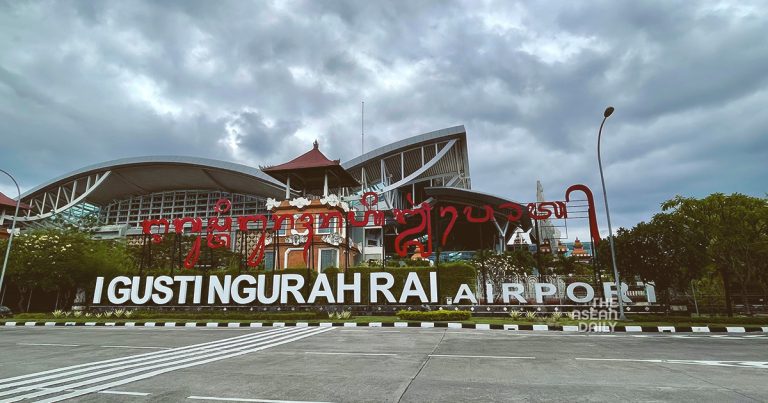27-10-2024 (JAKARTA) Indonesia’s newly inaugurated President Prabowo Subianto has breathed new life into plans for a second international airport in Bali, a project that could fundamentally reshape tourism distribution across the popular holiday island.
The proposed facility, slated for construction in Kubutambahan district of Buleleng regency in northern Bali, aims to address the mounting pressure on the existing Ngurah Rai International Airport, which has been struggling with unprecedented visitor numbers. The initiative comes as Bali’s tourism sector rebounds strongly, with 15.5 million visitors recorded in 2023, approaching pre-pandemic levels.
A senior Gerindra party official, speaking on condition of anonymity, confirmed President Subianto’s strong backing for the project. This marks a significant shift from the previous administration, where the initiative, first proposed in 2016, faced considerable political headwinds, particularly from former ruling party PDI-P’s chairwoman Megawati Soekarnoputri.
The original 2020 proposal, valued at 50 trillion rupiah (£2.5 billion), involved China Construction First Group and local partner Bibu Panji Sakti. The facility was designed to accommodate 20 million passengers annually and handle wide-body aircraft including the Airbus A380.
Former Tourism Minister Sandiaga Uno highlighted the strategic importance of the project, noting that northern Bali’s tourism potential remains largely untapped. “The region boasts pristine attractions like Lovina Beach, spectacular waterfalls, and emerging resort developments that could flourish with improved accessibility,” Uno stated.
The revival comes amid growing concerns about overtourism in southern Bali, highlighted by a December 2023 incident where passengers were forced to walk to Ngurah Rai airport due to severe traffic congestion. The existing airport, despite ongoing expansions, is approaching its 24-million passenger capacity.
Dirgayuza Setiawan, a Gerindra member and former McKinsey consultant who contributed to President Subianto’s economic planning, emphasised the project’s potential impact on regional development. “This isn’t merely about airport capacity; it’s about redistributing tourism’s economic benefits across the island,” he explained.
While the previous opposition cited concerns about local benefits and suggested alternatives like expanding existing facilities, supporters argue that northern Bali’s untouched landscapes and cultural attractions could offer a more sustainable tourism model.




